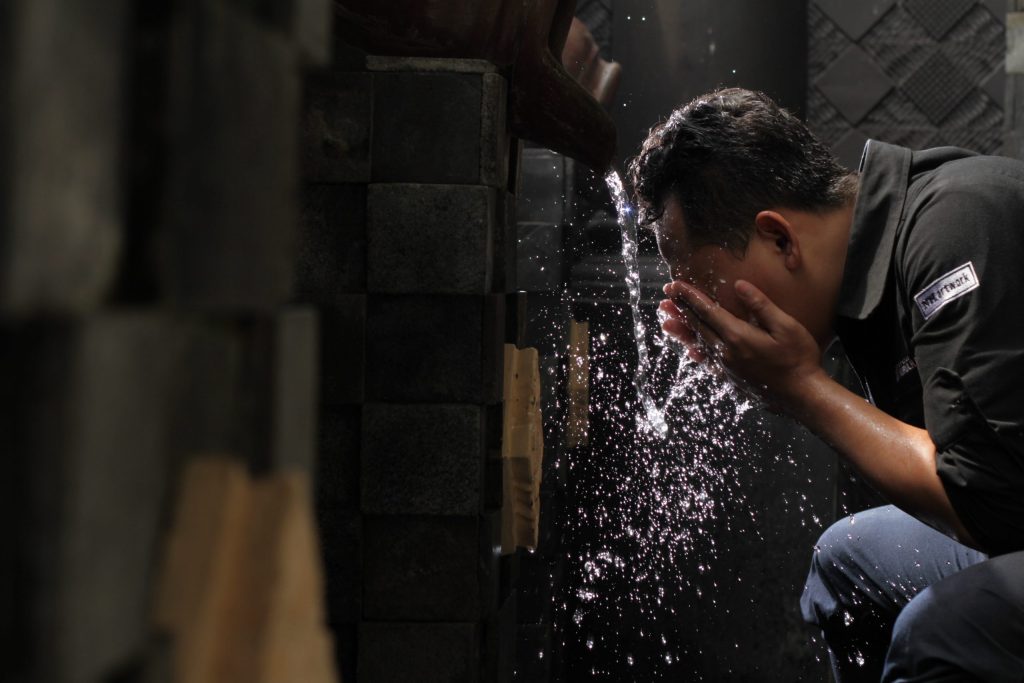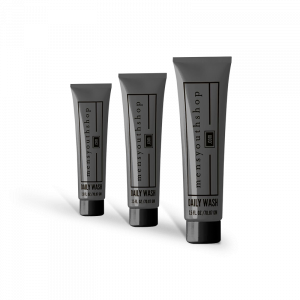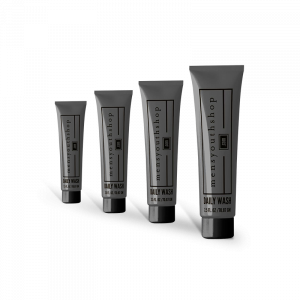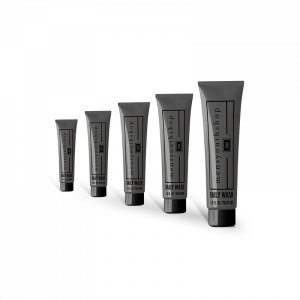
Washing your face seems rather foolproof, right? I mean, just grab some soap, lather between your palms, massage on, and rinse off. Do you really need a whole article on how to wash your face?
Actually, yes, yes you do. Because as simple as it might sound, washing your face is complicated business. Or more specifically, washing your face correctly is complicated—turns out we’ve been kind of slacking on washing. Not removing our makeup entirely, washing too often or too little, messing up the pH balance—yikes! Let’s do a quick 101 just to be on the safe side.
One of the most beneficial washing techniques—for skin, makeup removal, and pH wellbeing—is the practice of double cleansing, something skincare obsessives have been doing for centuries. “In the Miyakofuzoku Kewaiden [basically the bible of Japanese beauty], the 1813 beauty book that our collection is based on, skincare is the first chapter, and cleansing is the very first step of the ritual,” says Victoria Tsai, founder of Tatcha. “Unburdening the skin and bringing it back to its most pure, fresh state is crucial in properly caring for it.”
It’s quite simply washing your face twice, but with two different cleansers (or just a makeup remover swab as your first cleanse) meant to accomplish one thing: actually clean skin. “The first cleanse removes surface debris such as makeup, oil, and even pollution, while the second cleanse is considered a ‘true cleanse,’ ensuring that everything accumulated on the skin has been adequately removed, providing a pure canvas for all products that follow, ultimately allowing for maximum penetration,” say Kim and Zoe Roebuck, founder of Australian skincare line Dr. Roebuck’s.
And not to gross you out, but your face is pretty damn dirty at the EOD. “Did you know that your face is the dirtiest place on your body?” asks celebrity esthetician (and Domino favorite) Renee Rouleau. “Yes. You touch your face all day and transfer bacteria directly onto the skin.”
“It may not look like it, but by the end of the day, there’s a lot on our skin: makeup, sunscreen, pollution, sweat, even dead skin cells,” says Tsai. “Double cleansing helps to reduce the look of pore size, diminish the appearance of fine lines, wrinkles, and sun spots, and refine the surface texture of the skin.”
And it’s a pretty old school practice of skincare, too. Leave it to the brilliance of Asian women to master the double cleansing technique to remove heavy makeup, sunscreen, and city grime. “The double cleanse started in South Korea and Japan, and then came to Europe and US,” says Verso founder Lars Fredriksson.
“Double cleansing helps all skin types cleanse thoroughly down to pores, but gently,” says Alicia Yoon, founder of Korean beauty experts Peach & Lily. “While it’s double the steps, it doesn’t take too much longer, and the benefit is so great that I always recommend double cleansing.”
But different skin types require different methods, which we’ll get into below. That being said, extremely sensitive, dry, dehydrated skin might feel a bit irritated with nightly double cleanses (if so, try out three times a week, like Orveda founder Sue Y. Nabi does).
But if you wear makeup, and especially the ‘stay all day’ type, or sunscreen (which should be all of us!), all of our experts agreed that you can majorly benefit from double cleanses.
“The whole purpose of properly cleansing your skin at night is to remove makeup, dirt, bacteria, and debris from the skin,” says Rouleau. “Typically, the first part of the process is to use a cleansing oil or balm (oil-based cleanser) to break down makeup. Then, follow that with a water-based cleanser such as a foam or gel to deep clean the pores. Fans of this method really love it.”
And it’s just for night time usage. “You don’t need a double cleansing regimen in the morning—you’ll risk over-cleansing your skin,” says Rachel Winard of Soapwalla.
“Did you know that your face is the dirtiest place on your body?”
It might take a bit longer, but it’s worth it for most skin types. For Amity Spiegel, an aesthetician at CAP Beauty, she massages the first oil on her skin for up to four minutes, to really maximize the spa-like moment. “For me, it is time saving because I don’t need to do an extra make up removal step, it is all folded into my night time routine,” says Spiegel. “And if you do a good thorough cleanse like this at night, for many people they will not need to cleanse their skin again in morning and can just use a toner or facial mist.”
But under this double cleansing praise, there are a few schools of thought on exactly how and what type of products you use though. So, since there is such a variety of thoughts on how to double cleanse, let’s look at your skin for a moment.
Perhaps the skin type that can benefit most from double cleansing is acne-prone skin. But it can be tricky to do it properly. I’m pretty convinced that no one in the world knows better about acne treatment than Rouleau. So, if you’ve got acne-prone skin or just seem to always have blackheads and a zit or two hanging around your skin, try Rouleau’s suggested method.
“While I do believe that some people could benefit from cleansing twice, I don’t agree with the type of product (a balm or an oil) being used as the first step,” says Rouleau. You want an impeccably clean canvas at night so all your high-tech reparative products can actually sink in and work. Rouleau believes that when cleansing with an oil or balm, it leaves behind a residue, even after a second cleanse, that could prevent active ingredients from getting as deep as they need to.
“Balms and cleansing oils have large molecules while serums have smaller molecules,” says Rouleau. “You don’t want a tiny molecule on top of a giant one. This would prevent the smaller molecule from penetrating through. You want the largest molecule to be used as the last step in your routine, not as the first one. ”
Rouleau suggests using a gentle, milky cleanser first, but on dry skin. Not damp—straight up dry, makeup/sunscreen covered skin. “By massaging it onto dry skin first, the emulsifiers in the cleanser more actively break down the oils/silicones in makeup.”
Massage for 30 seconds. Then wet your fingertips, massage again, and then rinse well. (You could even use a facial sponge or gentle baby washcloth to help lift makeup in this step.) Next, use a sulfate-free foaming or gel cleanser, particularly if you are prone to acne or oily. Mens Youth Shop’s Daily Cleanser is great for proper removal, without being drying. “The key to proper cleansing is to be thorough with your technique. Use something that is lightweight and doesn’t leave a residue, and avoid using anything that leaves your skin feeling dry.”
It might be best to stay away from double cleansing for you, my friend. If you still want to try it, do it only a few times a week.
“A skin type that can be cautious of double cleansing would be someone with a severely inflamed or extremely sensitive skin condition,” says Spiegel. “Any skin that would not benefit from a lot of manipulation as you are massaging your skin for a few minutes and rinsing for a few minutes.”
“We do not recommend double cleansing for very dry, or very sensitive or compromised skin,” says Orveda’s Nabi. “I double cleanse only twice or three times a week, since my skin is combination with very dry areas.”
When she does double cleanse, she uses her gentle Orveda Deep Cleansing Botanical & Enzymatic Oil (botanical-based oils), and it comes with a Kabuki brush that is very efficient at gently removing solid dirt deep into the pores. She then follows that up with the Clay-Mud Cleansing Powder for the second cleanse.
Planning to dive into double cleansing? Our suggestion is to try out a few methods, sample products, see how your skin reacts. Bottom line: No matter what your skin type, everyone can benefit from a good cleanse.
Kristin Limoges
 The Basic
The Basic
 The Complete
The Complete
 The Ultimate
The Ultimate
©2021 Mens Youth Shop